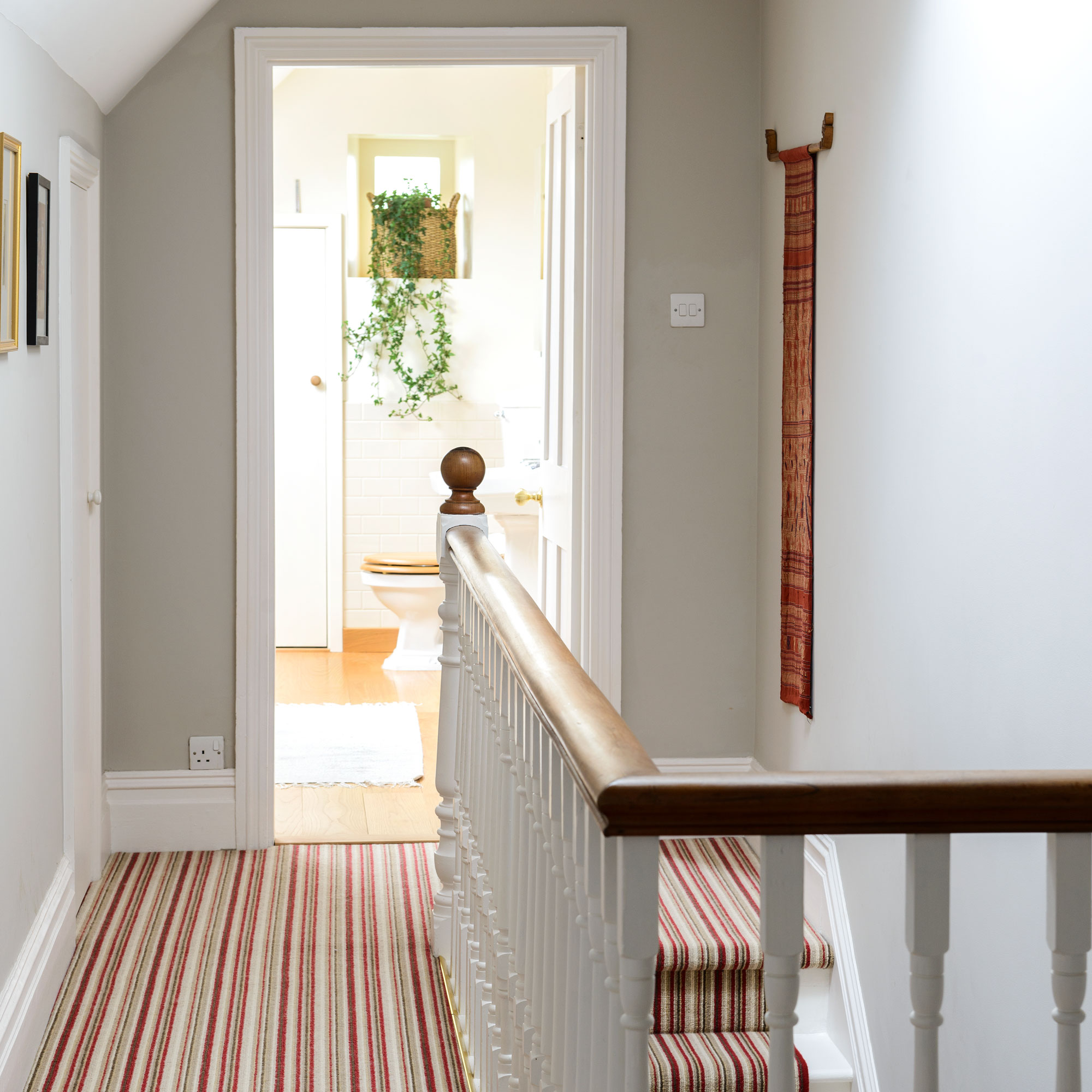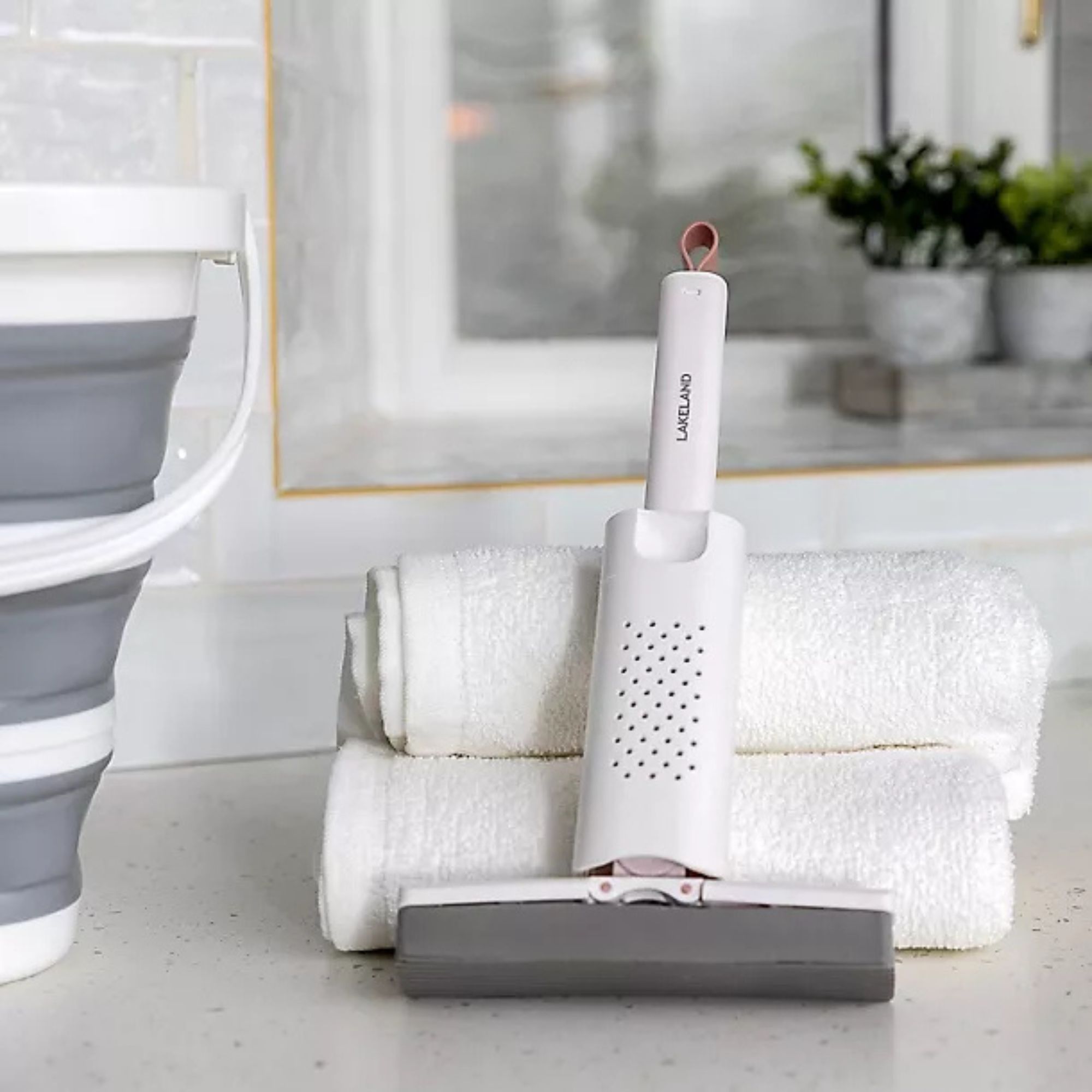Insulating a loft hatch – everything you need to know
All the things to consider before insulating your loft hatch, from what style insulation to use to how much it costs

Insulating a loft hatch is a simple, cost-effective DIY job that keeps the heat in and the cold out of your property. This is especially true if your loft is only insulated at joist level, rather than rafter level. Draught-proofing the loft hatch at the same time will also help ensure you gain the maximum savings on your energy bills, too and helps to insulate your home.
Furthermore, insulating a loft hatch can prevent issues with condensation in the loft space. Warm, moist air will be drawn into a loft space if it’s not insulated properly. When the hot air hits cold surfaces, such as roof timbers, it will condense. This can cause wood to rot and decay, causing damage to your roof’s structure over time. That's why it pays to investigate how to insulate a loft.
Insulating a loft hatch: things to consider

What type of loft hatch do you have?
Loft hatches can vary in several ways, including size, material and opening mechanism. However as a guide, there are two common types of loft hatches found in a UK home:
Understand loft hatch insulation costs and savings
‘Blanket insulation and loose-fill insulation can both be bought for around £5-£10 per m2. Adding in the tools to measure, cut, and adhere the insulation to the hatch, the total cost should be in the region of £15-£20,’ says Matthew Jenkins, heating and insulation expert at MyJobQuote.co.uk. ‘If you are also draught-proofing the hatch, self-adhesive foam tape can be purchased for about £15.’
How the rest of your loft space is insulated will determine how effective insulating your loft hatch will be. It's good to get an overall picture of How much does loft insulation cost?. ‘If the roof is insulated at the rafter level, then you will see little to no benefit from insulating your loft hatch,’ says Matthew Jenkins. ‘If the loft is insulated at the ceiling joist level, then insulating your loft hatch should confer a substantial benefit.’
That being said, the potential financial savings according to Matthew Jenkins are roughly only £3.50 per year. It doesn’t save you a lot of money, but it is a quick, inexpensive and relatively easy job and will attribute some way towards energy savings in your household.

Different ways to insulate a loft hatch
1. Insulate a flat loft hatch using blanket insulation
To insulate a loft hatch, cut the blanket insulation to match the same width and length of the loft hatch. The depth of the insulation should measure 270mm – in line with current government guidance. Once cut to size, simply glue to the loft-facing side of the hatch door with your choice of adhesive.
Get the Ideal Home Newsletter
Sign up to our newsletter for style and decor inspiration, house makeovers, project advice and more.
2. Insulate a flat loft hatch with loose-fill insulation
You will need to attach a container to the hatch to hold the insulation in, such as a carrier bag. This can then be filled to the required depth with the loose-fill insulation.
3. Insulate a hinged loft hatch
Existing drop-down hatches with attached ladders can be treated in the same way as option 2, but care will be needed to ensure the insulation does not interfere with the mechanism of the ladder. Foil insulation, which costs from around £10 per m2 could be a good material to use in this scenario, as only a thin layer is required to meet the same thermal efficiency compared to other insulation materials.
'Cut the sheet to size and fix it to the topside of the hatch, with enough overhanging to ensure it lines up tightly with the insulation around it,' advises William Bown, director at Superfoil Insulation.

Draught proof a loft hatch
Draught-proofing your loft hatch will not prevent the loss of heat through the hatch itself like insulating a loft hatch does. It will prevent the passage of cold air from the loft space into the living space below, eliminating draughts and increasing your household’s comfort. ‘The performance of a well-insulated loft hatch is significantly undermined if it is not airtight,’ says Camilla Govan. ‘Draught-proofing must complement insulation and vice versa, and one without the other will have a negative effect on your home.’
• Flat hatches Cut the self-adhesive foam tape to size and stick it directly to the frame facing upwards (into the loft space). As the name implies, the tape should have a peel-off back and adhere directly to the surface. In this case, the hatch will rest atop the tape, creating a seal.
• A hinged hatch Cut the self-adhesive foam tape to size and apply it to the edges of the frame facing downwards (into the living space). The hatch will then press up against the tape when closed, creating a seal.
• A hinged hatch that does not rest against the frame of the loft In this case, you will need to apply the tape to both the frame and the hatch itself so that, when closed, the two strips meet and form a seal by pressing against one another.
Remember there are loft insulation grants available.

Sophie Vening is a freelance journalist and editor with more than 16 years’ experience writing about homes and properties. She’s worked for some of the UK’s leading interiors, self-build and property titles including, Grand Designs, Ideal Home, House Beautiful, Build It, The Metro Homes & Property and The Evening Standard Homes & Property.
She enjoys writing about complex issues in an easy-to-understand way.
-
 I’ve been using Lakeland’s new £5 mini mop as a shower squeegee, window cleaner and damp duster — it’s the ultimate multi-purpose cleaning tool
I’ve been using Lakeland’s new £5 mini mop as a shower squeegee, window cleaner and damp duster — it’s the ultimate multi-purpose cleaning toolYep, I've added this new mini cleaning tool to my collection
By Lauren Bradbury
-
 This old dairy barn was brought back to life and is now an amazing home
This old dairy barn was brought back to life and is now an amazing homeIt's brilliant blend of old and new in West Sussex
By Sara Emslie
-
 The red creeping thyme lawn is a beautiful new take on traditional grass – here's how to grow one
The red creeping thyme lawn is a beautiful new take on traditional grass – here's how to grow oneIt's effortless and unique
By Sophie King